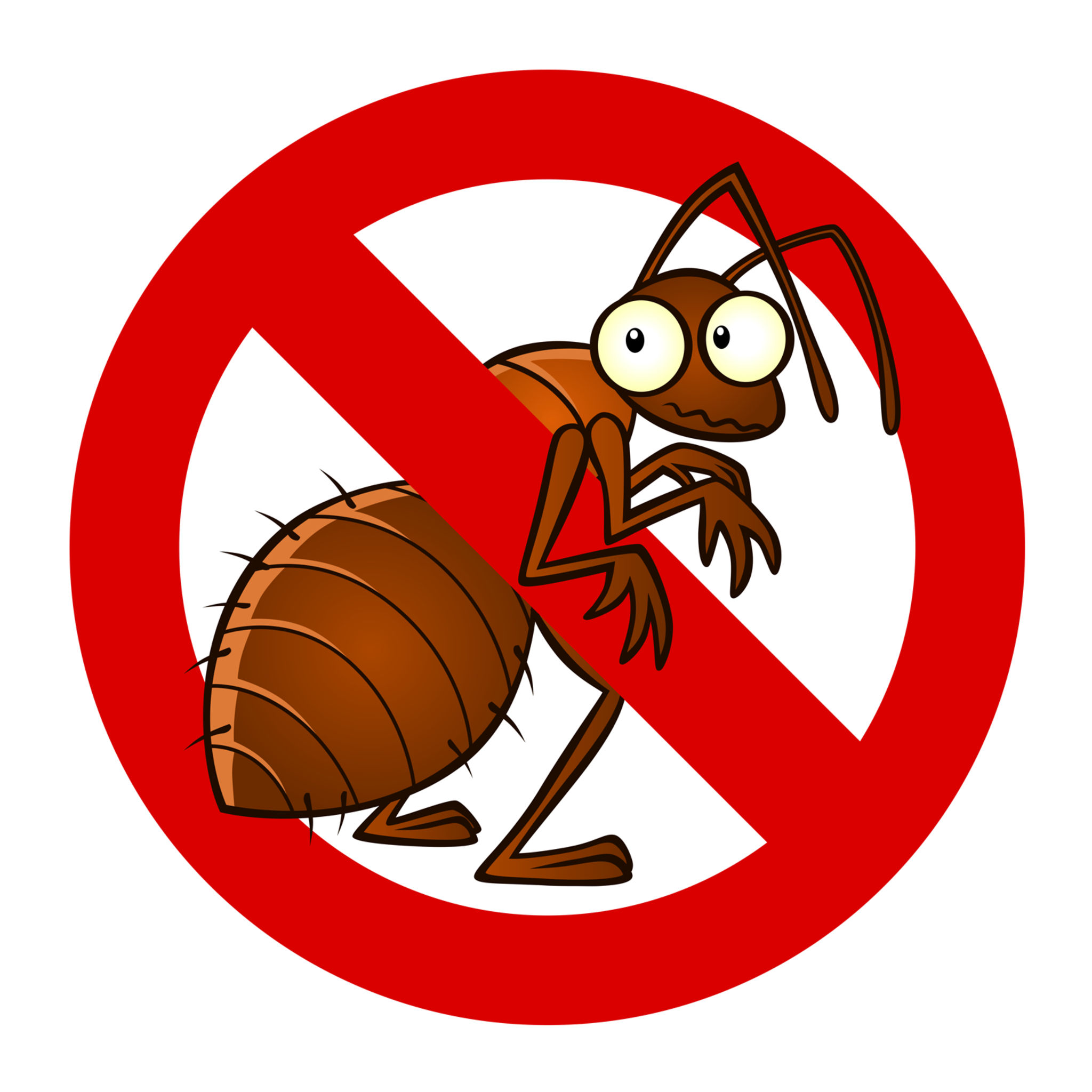Specialist A1 Charlotte Bed Bug Exterminator - Quality Service Ensured
Wiki Article
Bed Pest Treatment Break Down: Comparing Chemical Vs. Non-Chemical Solutions
In the realm of pest control, particularly when handling the consistent concern of bed insects, the selection in between chemical and non-chemical treatment services can be a crucial one. Both approaches offer distinctive benefits and disadvantages, influencing elements such as performance, security factors to consider, and total price. By checking out the nuanced details of each technique, a more clear understanding of which course to pursue in dealing with a bed bug infestation can be achieved.Efficiency of Chemical Therapies
Chemical therapies for bed insect infestations have actually been commonly identified for their powerful and fast efficacy in getting rid of these insects. When thinking about the performance of chemical therapies, it is important to understand that they can give a fast and thorough solution to a bed insect issue.Furthermore, chemical treatments have the benefit of using residual impacts, meaning that they can remain to eliminate bed pests even after the preliminary application. This recurring activity is particularly valuable in combating any type of potential re-infestations. In addition, the fast activity of chemical therapies can bring relief to individuals facing extreme bed bug invasions, enabling them to restore control of their home swiftly.
Safety Interest In Chemical Solutions
One crucial element that calls for mindful factor to consider when utilizing chemical remedies for bed insect treatment is ensuring the security of occupants and the environment. Direct exposure to particular chemicals made use of in bed bug treatments can lead to respiratory problems, skin irritation, or other damaging reactions, particularly in people with pre-existing conditions or level of sensitivities.Additionally, the environmental effect of chemical solutions is an additional considerable consideration. Some pesticides used in bed pest treatments might be dangerous to beneficial pests, wildlife, and ecological communities if they seep into the dirt or water supply. It is crucial to utilize chemical treatments carefully, complying with safety standards, and taking into consideration much less poisonous alternatives to mitigate these dangers and make sure the risk-free and effective administration of bed pest problems.
Advantages of Non-Chemical Techniques
Thinking about the potential safety and security issues and ecological impact linked with chemical remedies for bed bug treatment, discovering non-chemical techniques provides a promising choice with several unique advantages. Non-chemical treatments are environmentally pleasant, as they do not add to air or water air pollution, making them a sustainable choice for bug control.In addition, non-chemical solutions can be effective in targeting bed insects, including hard-to-reach locations where chemical therapies may not pass through. Techniques such as warmth treatment, vacuuming, heavy steam cleansing, and bed mattress encasements offer thorough removal without using harmful chemicals. Furthermore, non-chemical strategies can be less turbulent, calling for marginal preparation and allowing for quicker reentry right into dealt with areas. Generally, selecting non-chemical bed bug therapy methods not only focuses on security and environmental management but likewise makes certain effective and thorough parasite control.
Limitations of Non-Chemical Treatments

Furthermore, non-chemical treatments typically call for numerous applications to attain successful obliteration. This can be lengthy and might not constantly ensure total elimination of all bed insects and their eggs, particularly in hard-to-reach or covert places.
Furthermore, the success of non-chemical treatments greatly depends on proper implementation and thoroughness, which can be testing for people without specialist experience. Poor application of non-chemical methods might lead to incomplete obliteration, causing relentless problems and the requirement for added treatments.
As a result, while non-chemical therapies have their benefits, it is necessary to acknowledge these limitations and consider them when establishing the most effective approach their website for taking care of bed insect invasions.
Price Contrast: Chemical Vs. Non-Chemical Options
Given the restrictions connected with non-chemical therapies, a vital facet to assess in the context of bed insect management is the price comparison between chemical and non-chemical alternatives. Chemical treatments generally involve the application of insecticides by experts, which can vary from $250 to $900 per area, depending upon the seriousness here of the invasion and the dimension of the location to be treated. In comparison, non-chemical therapies like heat therapy or steam can be much more expensive, with expenses ranging from $1,000 to $6,000 for a whole home. While the initial expense of chemical treatments may appear reduced, several therapies may be required to totally eliminate the invasion, possibly increasing the overall price. On the various other hand, non-chemical options may provide a much more environment-friendly and sustainable option, although they can be cost-prohibitive for some people. Inevitably, when taking into consideration the cost of bed bug treatment alternatives, it is essential to consider the in advance expenditures against the efficiency and long-term sustainability of the chosen method.Conclusion

Thinking about the possible security concerns and ecological effect linked with chemical solutions for bed insect therapy, discovering non-chemical strategies provides an appealing alternative with a number of distinct advantages.Offered the restrictions associated with non-chemical treatments, an essential facet to assess in the context of bed insect monitoring is the price comparison between chemical and non-chemical options. In comparison, non-chemical treatments like warmth treatment or vapor can be more expensive, with prices varying from $1,000 to $6,000 for an entire home. While the preliminary cost of chemical treatments may appear reduced, numerous therapies may be required to completely eradicate the infestation, possibly raising the total price.In final thought, when comparing chemical and non-chemical bed here pest therapy alternatives, it is important to think about efficiency, safety, advantages, limitations, and price.
Report this wiki page